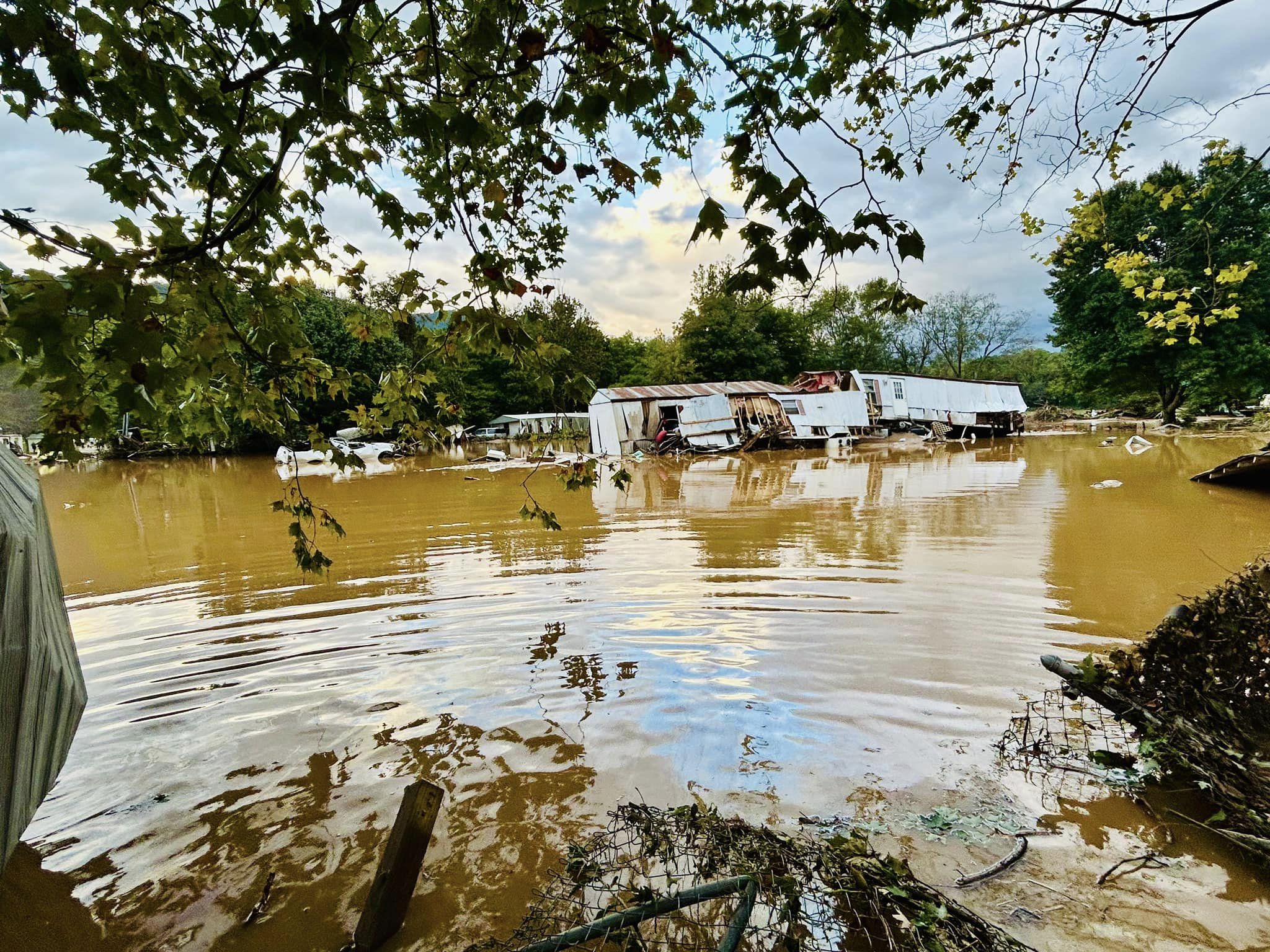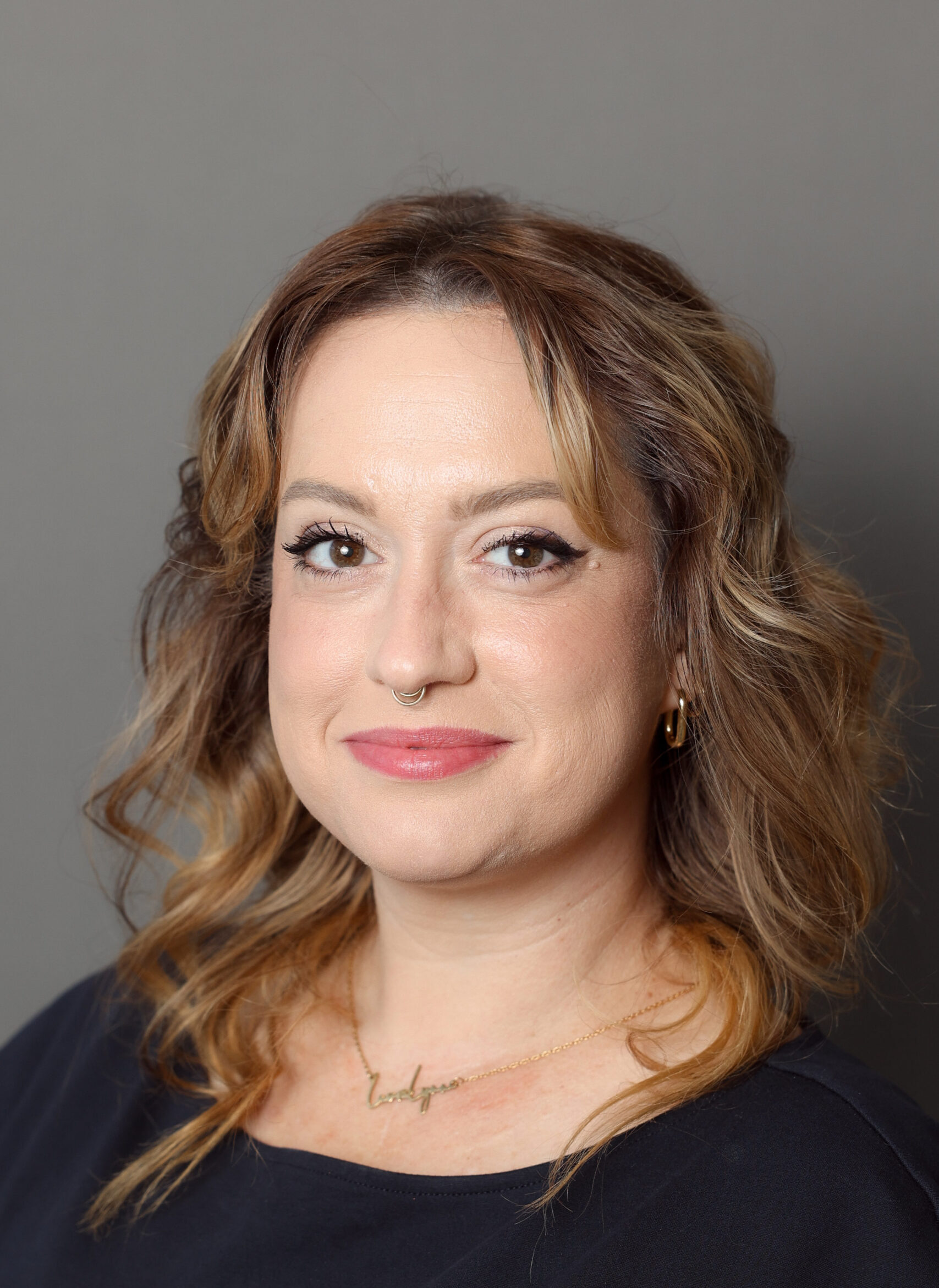Domestic disasters, tight resources and how funders can help

“At one point, there was an evacuation every day in one of the nine counties we serve,” a past grantee partner in Northern California told us earlier this month.
“The mental health toll has been very evident this fire season. Our staff who answer the phones—I know how hard it is for them to have to say to almost every caller, ‘I’m sorry, there is no resource for you at this time.’”
Disasters are expensive. Between January and August of this year, there have been 20 separate climate and weather disasters in the U.S. with verified losses exceeding $1 billion each: 16 severe storms, one tropical cyclone, one wildfire and two winter storms. Recent hurricanes Helene and Milton could cost as much as $50 billion each, and much of Helene’s devastating flood damages were to uninsured structures. Hundreds of thousands of households have been awarded some form of FEMA’s Individual Assistance in response to these back-to-back storms. Still, we know that survivors are facing a long, complex and, for many, unaffordable path to complete recovery.
For most uninsured disaster survivors, rebuilding their lives will require a combination of personal resources, such as savings, federal resources, and assistance from nonprofits and community agencies.
Federal resources for long-term recovery are up in the air right now
The disaster relief programs housed within federal agencies, like FEMA and the U.S. Small Business Administration, rely on Congress for funding. The federal government’s new fiscal year began Oct. 1 with fresh allocations for both programs, but the purses are already squeezed, strained by already-committed dollars to support ongoing recovery projects.
Because of those commitments, FEMA reportedly spent almost half its 12-month allocation within the first week of October. Supplemental funding, the tool Congress can use to commit additional dollars to specific disasters, has been so frequently lumped into spending bills alongside divisive proposals in recent years that disasters declared more than a year ago have still not received a supplemental funding allocation.
Separately, no community has received a Congressional allocation of Community Development Block Grant – Disaster Recovery (CDBG-DR) monies since early 2023 (for disasters that occurred in 2022). Communities across the U.S. are waiting to find out if they will have access to the usual means of rebuilding for their under-resourced residents.
The cost to communities and what CDP is doing
This is an increasingly common story: some communities live through complex, cyclical disasters that produce compounding, complicated, long-term effects. My home state of Louisiana, which has experienced more hurricanes—13—than any other state since 2002, despite only having about 300 miles of coastline, is a prime example. As are Texas, California, Oregon, Florida and the Carolinas. We could also just as easily talk about the many heartland communities that have experienced annual or nearly annual hazardous weather events and did not receive federal disaster declarations despite their impact on safety, housing and livelihoods.
These communities increasingly rely on local organizations to provide essential recovery services for under-resourced households at no cost. However, these organizations are struggling. Data shows fundraising is particularly difficult during election years. Local funders report being tapped out, everyday donors have less cash due to economic factors, and small organizations that lack dedicated fundraising staff have to increasingly spend valuable human resources to fundraise to the detriment of time they could spend delivering services and assessing unmet needs.
“There are no available resources for you.”
Frontline workers in social services and disaster recovery organizations are forced to repeat this phrase far too often. Being in that position frequently leads to nonprofit staff burnout and subsequent high turnover, disrupting or slowing the recovery efforts the organization is focused on. This has compounding, reverberating effects.
The Center for Disaster Philanthropy (CDP) is committed to leveraging our expertise and relationships to mobilize philanthropic resources for disaster-affected and disaster-prone communities. We want funders to know where they can step in to respond to and anticipate the challenges and barriers to recovery that communities facing disasters must navigate.
We meet frequently with organizations on the ground to learn about disaster impacts and recovery needs so we can better advocate for just and equitably distributed federal and philanthropic resources. When and where we have available grantmaking funds, our domestic grantmaking staff offer our grantee partners support “beyond the check:” technical assistance and connections to resources to stretch their dollars and smoothen their processes.
We believe in the wisdom of pre-positioning funds before a disaster strikes, allowing for a nimbler, more effective response.
If fewer resources yet compounding disasters is ‘normal’ now, what can funders do?
- Provide flexible funding to organizations in disaster-affected and disaster-prone regions. Trust place-based funders, like community foundations, that have a deep understanding of local needs and existing local nonprofit expertise in areas like case management, long-term recovery, housing, food security and mental health. Offer flexible dollars that enable community-led recovery that holistically addresses the compounding effects of multiple disasters in succession; in other words, don’t restrict dollars to a single disaster event.
- Learn about long-term recovery needs, especially in communities living with the layered and compounding effects of multiple disasters—and learn alongside practitioners, academics and fellow funders about how recovery needs and challenges might differ across contexts, communities and disaster types.
- Support recovery initiatives that prioritize resilience, mitigation and future preparedness planning. Investment in fortifying improvements now makes future disasters less expensive—and less traumatic.
- Support the Center for Disaster Philanthropy by donating to our disaster funds, such as the Atlantic Hurricane Season Recovery Fund. We have the expertise to manage these funds effectively; we know disasters, so you don’t have to.
- Remember, every funder is a disaster funder. Your support in areas like health care, education, racial and environmental justice, LGBTQIA+ issues, and social services strengthens communities’ social fabric, making them more resilient in the face of whatever future disasters may come their way.
Together, we can ensure communities have the resources to recover and rebuild after disaster strikes.
If we can help you learn more about what you can do in the face of decreasing federal resources for disaster-affected communities on the margins in the U.S. or U.S. territories, please reach out to Cari Cullen, director of the Midwest Early Recovery Fund or Sally Ray, director of domestic funds.
